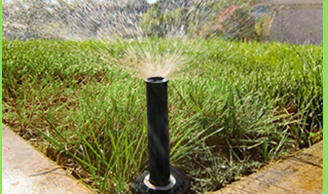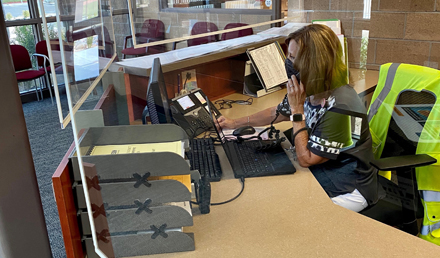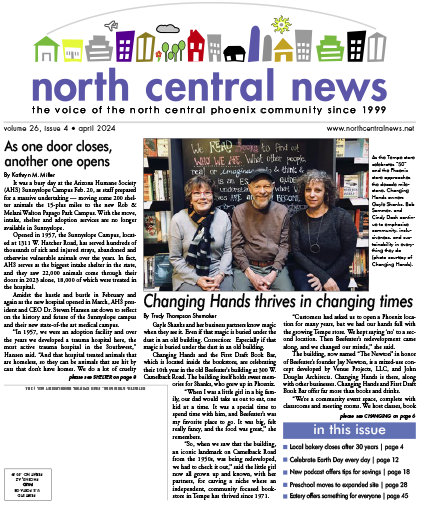Federal officials have declared the first-ever water shortage at Lake Mead but luckily residents in Phoenix are not expected to face any immediate service problems as the city is prepared for droughts.
So say experts in the city of Phoenix, Central Arizona Project (CAP) and at Arizona State University. The Bureau of Reclamation last month declared a “Level 1 Shortage Condition” at Lake Mead after the upper areas of the Colorado River Basin suffered “an exceptionally dry spring.” Federal officials said runoff into Lake Powell from April to July totaled only 26 percent of average despite snowfall being close to average amounts last winter. This is according to the Colorado River Basin August 2021 24-Month Study, which was used to set annual operations for Lake Mead and Lake Powell for next year.
Lake Mead is a reservoir formed by the Hoover Dam on the Colorado River. It is the largest reservoir in the United States by volume but its level has dropped significantly over the past several years.
The federal declaration of the shortage means Arizona will see a reduction of 512,000 acre feet in its Colorado River water supply, which will decrease deliveries of water to agricultural customers in central Arizona, according to Chuck Cullom, Colorado River Programs manager for CAP. An acre-foot is enough water to supply three, average-size families with a year’s worth of water, Cullum said.
However, over the 20 years of the drought, Phoenix has kept access to many water supplies. The city receives about 40 percent of its water resources from the Colorado River, with the rest coming from the Salt and Verde rivers,, groundwater reserves and reclaimed wastewater for crops and sustainable activities.
“We’ve actually been planning for a drought for years,” said Troy Hayes, director for the city of Phoenix Water Services Department. “We’re always searching for additional resources and different places to get water. Obviously it is troublesome.”
Hayes said over the last decade the city has been creating efficient infrastructure investments to ensure that it can move water safely and provide it in homes and businesses around Phoenix. The Phoenix Water Services Capital Improvement Program describes how the city will improve water pipes, booster stations, treatment plants and water wells.
The city of Phoenix has two water resource specialists on staff and will hire five more water conservation employees. Phoenix Water offers presentations in schools and online to help customers learn about water conservation. The city also is building 16 new wells. It has 500,000 acre-feet of water that is stored underground.
The city of Phoenix asked the public for feedback on a draft Climate Action Plan last month. This proposed plan will address the challenges that climate change poses and steps residents can take to assist the city in becoming more sustainable. It will have goals and actions intended to decrease greenhouse gas emissions from various activities, including water.
Because the north Phoenix area currently depends exclusively on Colorado River water, the city also is constructing a 66-inch-diameter water pipeline and a rehabilitated/replaced 48-inch-diameter pipeline in North Central. The 66-inch-diameter pipeline, which starts at the 24th Street water treatment plant at 24th Street and Maryland Avenue will offer alternative water supplies to north Phoenix. The 48-inch-diameter water main, which starts from the water treatment plant at 24th Street and Maryland Avenue, is being revamped due to reaching the end of its useful life.
The city of Phoenix also entered into a partnership with the city of Tucson many years ago, through which Phoenix has been storing part of its unused Colorado River water in Tucson aquifers.
“I have full confidence that the city (of Phoenix) can incorporate the state of climate science as it relates to temperature and water resources,” Cullom said.
Still, experts urge Phoenix residents to do as much as they can to conserve water to prevent future issues.
One of the most important things they can do is monitor their outdoor water use, including converting to desert landscaping as much as possible, said Kathryn Sorensen, director of research for the Kyl Center for Water Policy at ASU’s Morrison Institute and former Phoenix Water Services director. Sorensen also urges people to check for leaks in underground irrigation systems and to convert to low-water-use toilets.
“The city has been really good about protecting its aquifers and saving that water for times of shortages and future generations,” she said.
Phoenix Water Services also recommends people water plants at night and track their monthly water usage on their city bills.
To learn more about the city’s water plans and conservation tips, visit www.phoenix.gov/waterservices.










































